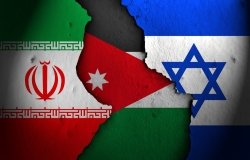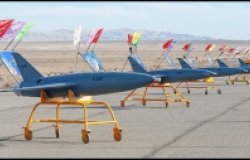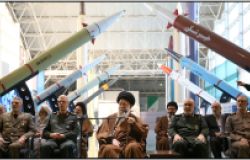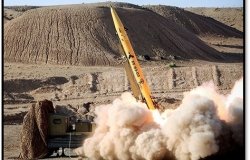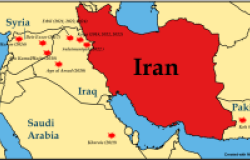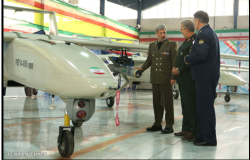Cries of Anguish: A Report on Pakistan's FATA
Pakistan's volatile Federally Administered Tribal Areas (FATA) are too dangerous for most outsiders to access, and little information on the area leaves the region. Khalid Aziz, director of institutional capacity-building for the FATA Secretariat, screens a documentary and discusses the area's beleaguered development.
Pakistan's Federally Administered Tribal Areas (FATA), located in the country's volatile northwest, are a hotbed of extremism and militancy. The region is so dangerous that few outsiders—including journalists—can access it, and information about FATA is hard to obtain. Khalid Aziz aims to counter this trend. Speaking at an Asia Program event on April 13, he signaled his desire "to let the world know what's happening" in this troubled area, and "to give a human picture, on a ground level," of how FATA's instability has affected the region's long-suffering people.
Aziz first screened "Cries of Anguish," a short documentary about FATA. The film recounts the many unsuccessful foreign attempts—by Tamerlane, Genghis Khan, the British, the Soviets, and others—to conquer the region. It also focuses on the tribal society of FATA's 3.5 million ethnic Pashtuns. A major theme of the documentary is FATA's lack of development, which the film's commentators attribute to the region's inaccessibility but also to a lack of funds from Islamabad. As a result, employment opportunities are extremely limited. While development aid has increased in recent years—700 kilometers of roads have been built in FATA over the past few years—this assistance is now threatened by the rapid spread of extremism.
The documentary depicts FATA's Pashtuns as demoralized, their hopes shattered "for reasons beyond their control" and their lives threatened "by a war not of their own asking." Those interviewed, however, are resolute, arguing against token gestures of kindness and instead advocating for the development long denied them. "Give us development and our due share and peace will follow," one man promises.
After the film, Aziz addressed what he described as the "burning issue": How to pacify the region. He noted that, historically, "scorched earth" campaigns and other strictly military approaches—such as those deployed by Alexander the Great and later the Soviets—have failed. It is the more "indirect political approaches" that have succeeded. For example, Great Britain's Lord Curzon worked with tribes and "created stabilization" from within the structures of tribal elders.
Aziz commented on current pacification policies, which include both peace treaties with militants and the use of unmanned U.S. drones. Such policies, he argued, have increased radicalization not just in FATA but across all of Pakistan. So what should be done? Aziz offered a range of solutions. Strong U.S. rhetoric should be tempered, while better trust should be promoted between the American and Pakistani militaries. Tight border controls should be introduced. Counterinsurgency methods should be better implemented. Pakistani institutions should be strengthened. And as for the drones, Aziz acknowledged their effectiveness and value. He championed their continued use—though under a Pakistani flag.
Related Links
Related Program

Indo-Pacific Program
The Indo-Pacific Program promotes policy debate and intellectual discussions on US interests in the Asia-Pacific as well as political, economic, security, and social issues relating to the world’s most populous and economically dynamic region. Read more



